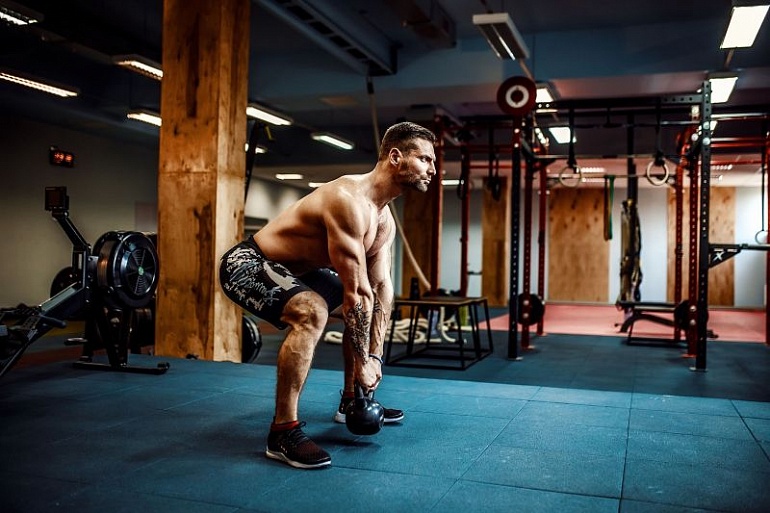In order to make your fitness training as effective as possible , you cannot avoid a detailed training plan . It serves as a guide during a large number of optimized training rhythms with stress phases and rest phases that must take into account different metabolic cycles. This also includes adequate nutrition, but more on that in the next article.
How you have to create the training plan depends heavily on the personal goals that you want to achieve in the course of the fitness training. Training plan and nutrition plan can therefore differ greatly from one another, depending on whether you are more of a strength athlete or an endurance athlete. So that you can create a suitable and effective training plan for muscle building, endurance training or, ideally, a combination of both training orientations, you have to have built up basic muscles for a few months and be able to do fitness exercises without errors in order to prepare your body for the “harder” training.

Many beginners make the mistake of not allowing their body a recovery phase due to the unrestrained motivation to get bulging muscles. In a professional training plan, all intense stress phases of a muscle group are followed by a recovery phase. During this time, the necessary muscle regeneration begins and the antagonistic central nervous system (which ultimately controls muscle contractions through small electrical impulses) changes from the sympathetic nervous system (responsible for strength and speed, so to speak) to the parasympathetic nervous system, which is responsible for digestion and recovery is. However, only one of these systems can work productively at a time (antagonistic), while the other system is “shut down”, which makes the parallel yield of maximum strength and endurance with a subsequent recovery phase impossible.
The popular belief that muscle build-up occurs during strength training is simply wrong, so when does muscle start growing?
The muscle grows in the resting phase. The physical adaptation during the resting phase is responsible for building muscles or increasing muscle performance because the body wants to adapt to the increasing stress during training (in short: adaptation). The adaptation that takes place is called muscle hypertrophy. This refers to the enlargement of the muscle cross-section, which is triggered by the growth of the muscle fibers – colloquially called “muscle building”.
In the resting phase, the human organism uses all available nutrients and energy sources to repair damaged muscle cells and to rebuild existing muscle cells. The proteins in particular play a key role here. The body cannot function without proteins. We explain these complex processes in detail in another article.

The body can only effectively adapt the muscle if a growth stimulus is set during training. This stimulus is triggered when the muscles are constantly stressed beyond their actual performance level.
The growth stimuli are divided into muscle contraction and muscle stretching. This is generally a biochemical process in which chemical energy is converted in muscle cells to do mechanical work (e.g. lifting the dumbbell). Not only the intense muscle load has an influence on the physical adaptation, but also the diet plays a decisive role.

Creating the optimal training plan is not that easy. Optimal means that training, rest phases, training cycles, diet and lifestyle must be precisely coordinated in order to get the most out of fitness training.



